Filling the Gap: AMOLED and LCD from 2010 to 2012
by Joshua Ho on July 26, 2014 6:00 AM ESTHTC Rezound
The Rezound is one of the last devices that hit the market before devices regularly saw color accuracy testing and closer evaluation of grayscale performance. Subjectively, this display is still great even today. While the Rezound’s display is supposedly S-LCD (implying *VA), the viewing angles are much better than what was seen on the Desire HD. The one issue here is that the display isn’t laminated to the glass lens, so at extreme angles the display quality isn’t as good as what we see on S-LCD2 or S-LCD3 from phones like the HTC One X. At any rate, it’s very obvious that HTC has put a large emphasis on display with this device.
While luminance is dramatically improved over the Desire HD, I suspect that brightness was clamped to some extent again to alleviate battery life issues. Contrast isn’t great here either, at 733:1. As before, there’s no dynamic contrast active here to try and artificially boost contrast. Modern LCD displays have around 1000:1 typical contrast, so this is just a bit worse, all things considered.
HTC definitely didn’t do a perfect job in grayscale once again, as there’s still too much blue and green, but white point is at a reasonable level compared to the wildly unbalanced white points that we saw with the Galaxy S2. Things are also significantly improved here relative to the Desire HD.
In the saturation sweep, HTC did an incredible job calibrating the display. It’s quite clear to me that HTC made display a priority with this device. There’s a hint of saturation compression, but overall things are very close to perfect. This is definitely a leap ahead of AMOLED at the time.
Unfortunately, the Rezound falls a bit flat in the ColorChecker. Poor grayscale calibration definitely didn’t help with the average, although there is significant error elsewhere. Of course, this is from the lens of the present. At the time, it seems that HTC was making a concerted effort to do things right, even though no one was truly paying attention to display accuracy yet and reviewers seemed to be impressed by blue white points and intensely oversaturated colors.
Final Words
Looking through this new information, understanding the past is now much easier in terms of display. While I was only able to test Samsung and HTC devices, they serve as a relatively accurate barometer for trends in the rest of the industry. As the past is an excellent predictor for the future, a few trends are evident. First, AMOLED has had far more progress than LCD, although checkered due to the pressure for higher pixel density displays and relatively little pressure (at first) to improve color accuracy. Second, while LCD has been slower to advance it has also started at a far better place. One of the chief issues seems to have been controlling gamma/grayscale color balance, although this has been steadily improving throughout the industry. Color gamut and saturation sweep accuracy has generally been acceptable in LCD, although there seems to be a bit of a cyclical relationship as consumers favor wildly inaccurate colors for showroom appeal. LCD seems to have stagnated in contrast, with relatively little change in static contrast ratios over the past few years, and brightness seems to be limited to around 600 nits in practice, barring unconventional subpixel layouts.


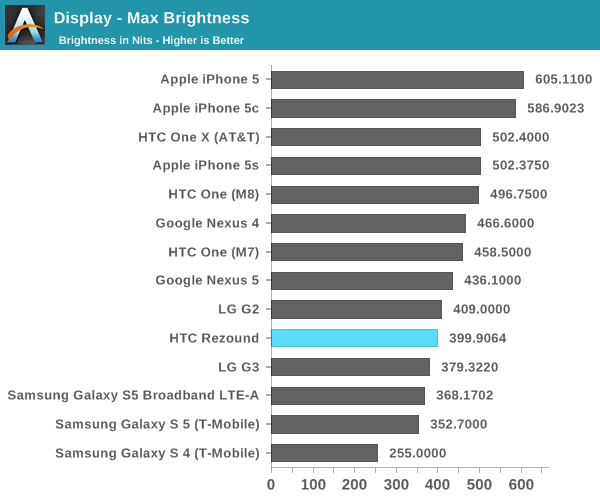
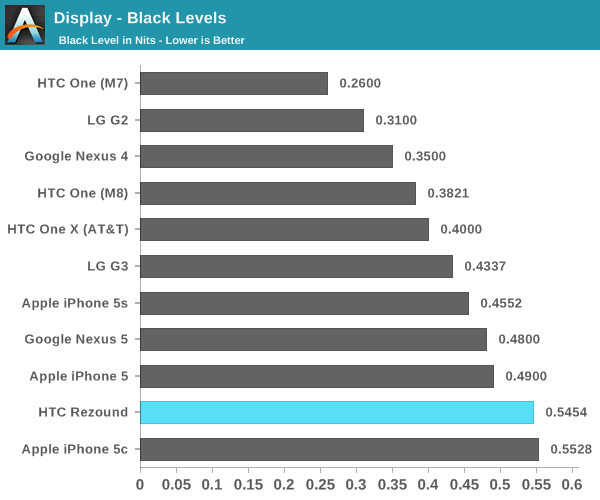
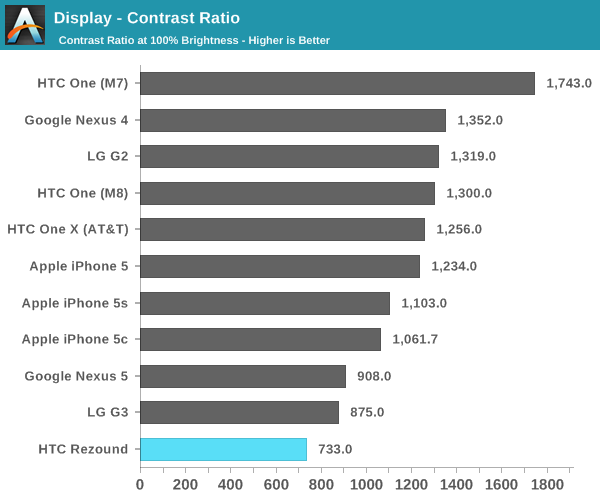
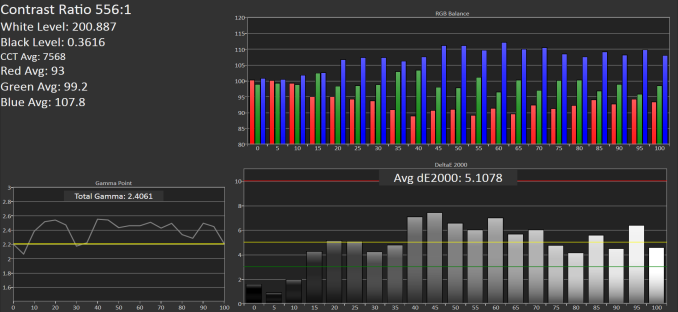
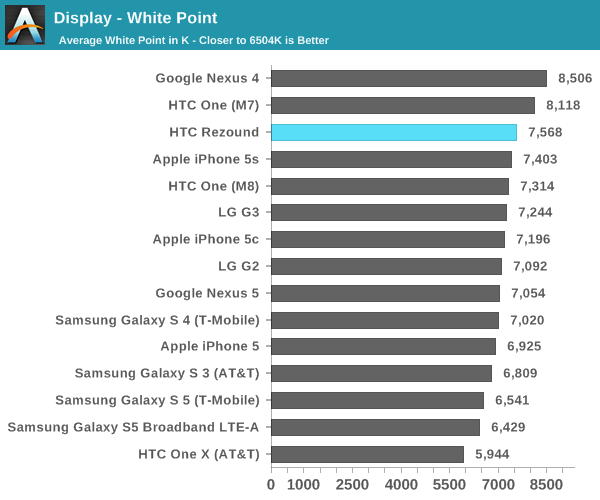

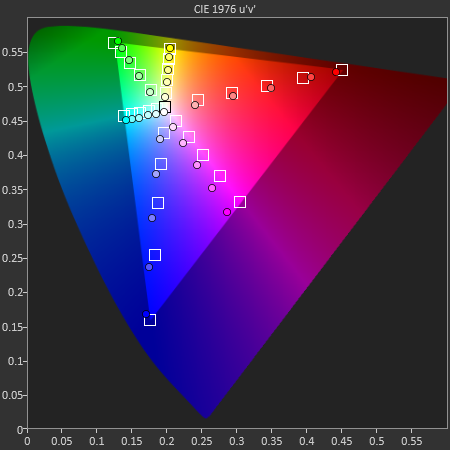
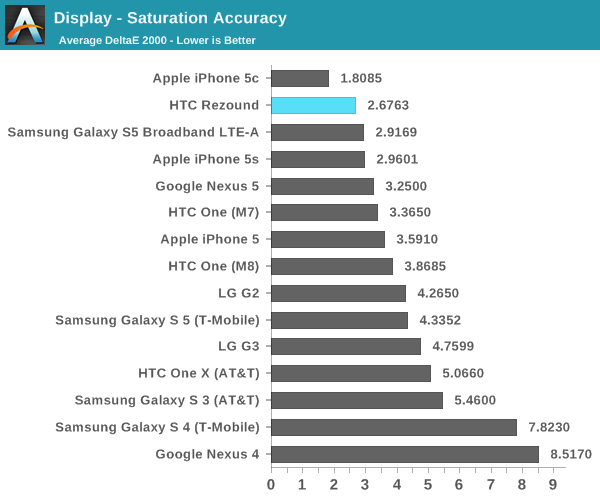

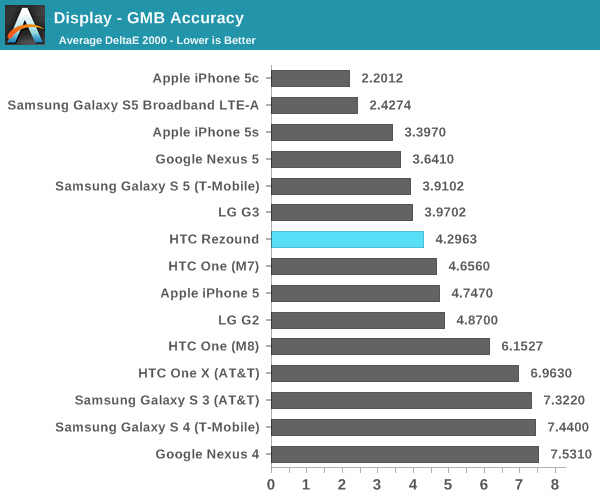








72 Comments
View All Comments
akdj - Saturday, August 9, 2014 - link
That was supposed to be 'you've NOT read the...'Spell correction. Sweet
Impulses - Saturday, July 26, 2014 - link
Anand didn't even write this article... :p And phones are increasingly used for more and more things where accuracy can matter, dunno why you'd want to give manufacturers a pass on it, specially with phones being most people's primary camera.Alexey291 - Saturday, July 26, 2014 - link
I meant anand as in anandtech collectively. But yeah I'll be clearer on that in the future :P (if I remember to be :P)Generally its not a matter of giving a pass its a matter of "meh who cares".
As for photography people mentioned above. Whenever I walk around on my hiking trips I am always torn between extra weight + space that a decent camera would require vs terrible quality that phone cameras provide.
Because whatever the screen colours - the camera that takes the photos is still shit. And besides the primary camera if any of those dumb stats are to be believed is the front one. You know... the 2mp selfie cam :/
Streamlined - Saturday, July 26, 2014 - link
Good point. Some people are always making excuses for mediocrity.Alexey291 - Sunday, July 27, 2014 - link
People above are making excuses for poor quality (of a phone camera) and you're going to pick on me prefering BETTER LOOKING colours to low contrast and washed out crap that "perfect colour representation" offers.Welp
Streamlined - Sunday, July 27, 2014 - link
Because over saturated colors is to cameras what Beats headphones are to audio. Poor quality. Those crappy phone screens will lead to printing crappy photos. And if you think EVERY SMARTPHONE is poor quality than you are insane.Alexey291 - Sunday, July 27, 2014 - link
So oversaturated colours on a screen will changed how you take a shot on your 2.1mp selfie cam? Really? Even your 8 (or 13) mp camera on the back still holds a tiny lens and never catches any colour or light. And then you look at your screen on your phone and shrug because whatever you have taken looks ok on a small screen. And will look like shit on a big one.As for "all smartphones have crap cameras". Sorry to break it to you. But they do.
Do all smartphones have crap screens? Nope. Some have ugly "perfect rgb colours" and some have pretty overblown contrasts and colour ranges.
And if you print your smartphone photos I have nothing but pity for your wasted cash.
That's pretty much all there's to it.
HangFire - Saturday, July 26, 2014 - link
Objective testing is necessary because certain ardent brand fans accept and believe whatever they hear about their phone and cannot believe they can be inferior in any respect. I once tried to explain the pixel density on my M7 far exceeded the, um, other phone in question and was met with complete denial. D'oh it's a 1080p display. At least links articles like this can be emailed after the conversation for the coup de grace.sonci - Saturday, July 26, 2014 - link
What's the point of this review, my Galaxy S died a long time ago,anyway since I got my iPhone I stopped looking for smartphones,
mkozakewich - Sunday, July 27, 2014 - link
Sorry! You should email them with your newest model, and they'll hop right to reviewing it. I'm sure if they knew your Galaxy S died, they wouldn't have bothered writing you this personalized review.